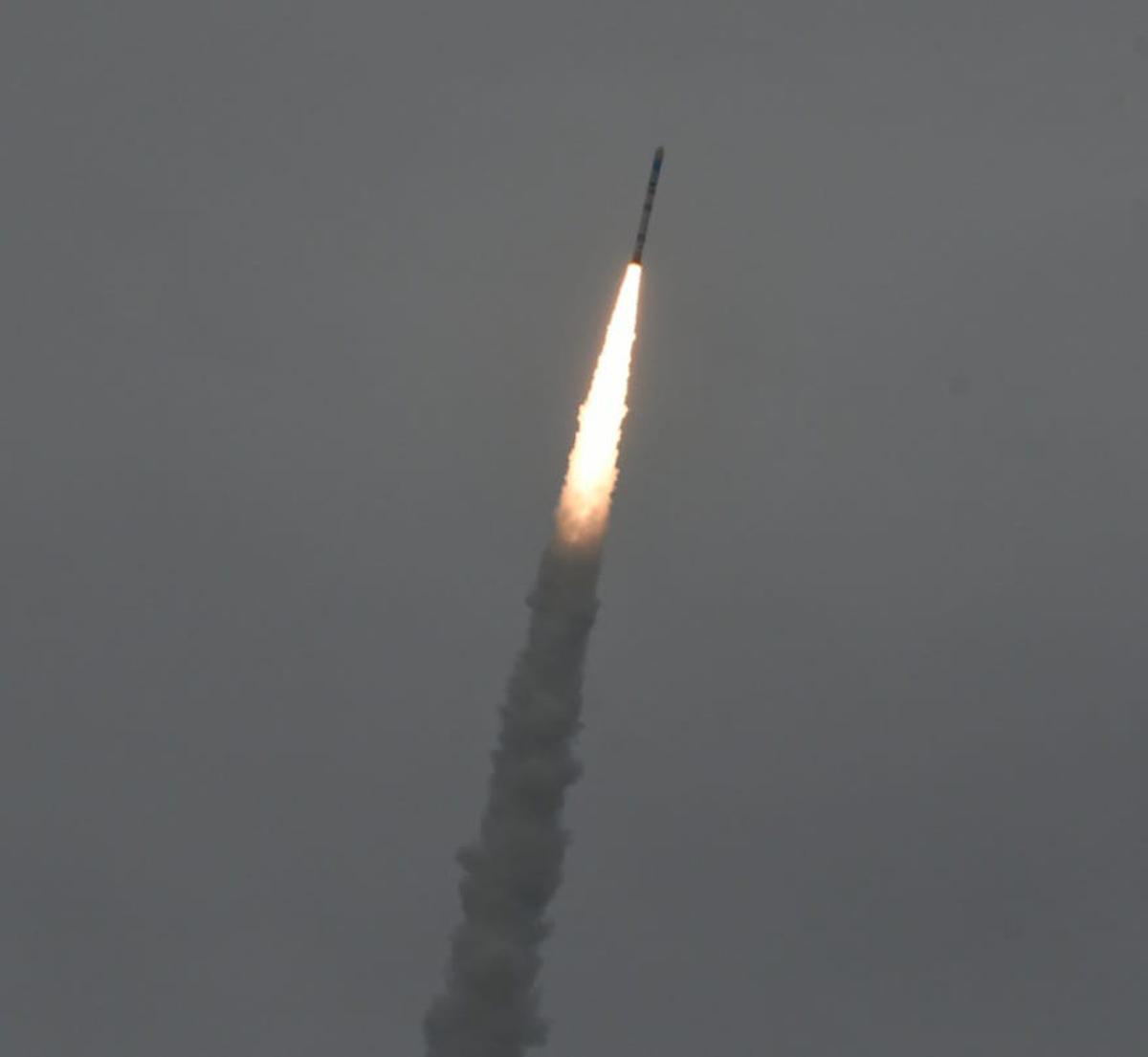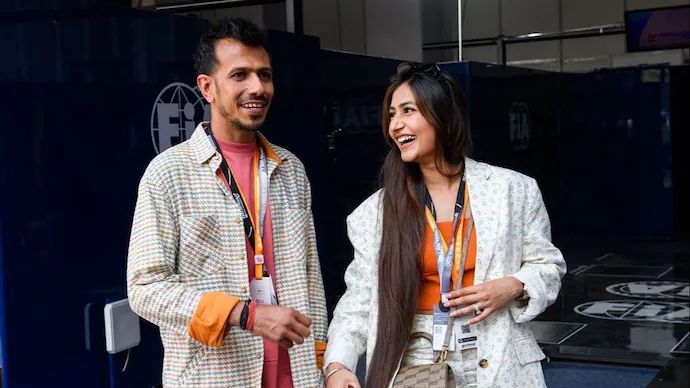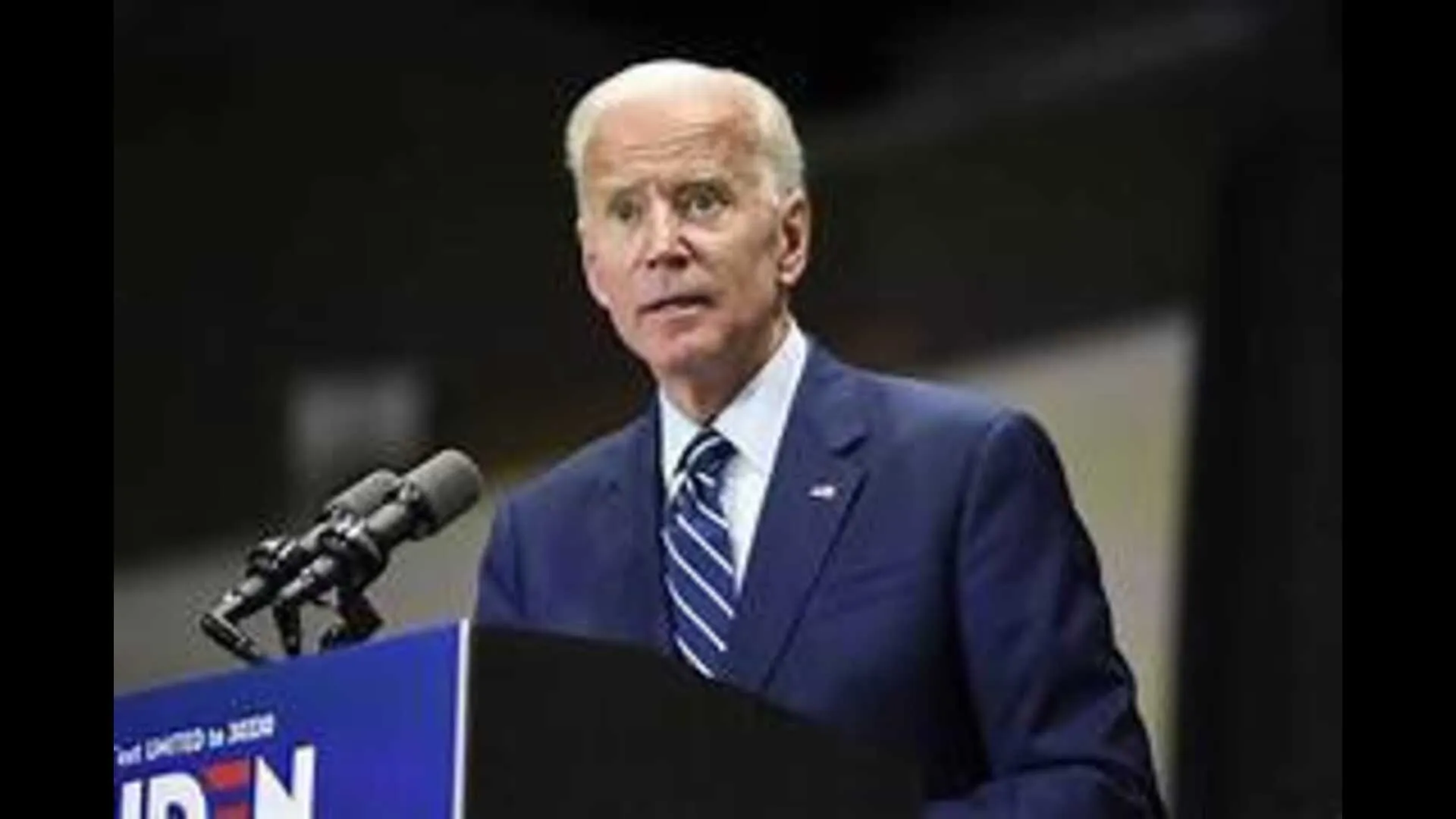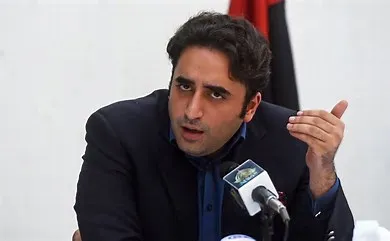Indian Space Research Organisation (ISRO) launched 36 communication satellites in its heaviest rocket in the intervening night of Saturday and Sunday at 12:07 am from Satish Dhawan Space Centre in Andhra Pradesh’s Sriharikota.
From Mars Mission to OneWeb Mission ISRO has many records on its name. For the first time, during midnight ISRO launched multi-satellite mission successfully.
ISRO celebrates Diwali after separation of the first four batches of 16 satellites from the rocket. ISRO chairman S Somanath said, “We have started Diwali celebrations. ‘Sixteen out of 36 satellites have been placed in the desired orbit as expected.
This is a historic launch as it is the second operational mission of LVM3 and first commercial launch,” the chairman Somnath said, adding that it was Prime Minister Narendra Modi who wanted LVM3 to enter the commercial launch service market. “We will place another 36 satellites in the next M3 mission.”
Later on ISRO sources told to the media that the cryogenic upper stage of the three-stage rocket reoriented and added velocity to ensure safe separation distance of the satellites.
This is an extremely remarkable mission.
Among the many firsts in this launch, ISRO said it was the first Indian rocket to carry a six-tonne payload, first commercial launch of LVM3 with NSIL, first multi-satellite mission of LVM3 to LEO and first OneWeb mission with NSIL.
“GSLV Mark-3 rocket countdown process will continue.
The GSLV Mark-3 rocket will be launched from the second launch pad at 00.07 midnight today.
GSLV Mark-3 is being launched with 36 satellites in the first phase as part of the agreement of 108 satellites with the UK. Thirty-six satellites are purely for communications. PSLV and SLV rockets will be tested this year,” he added.

















